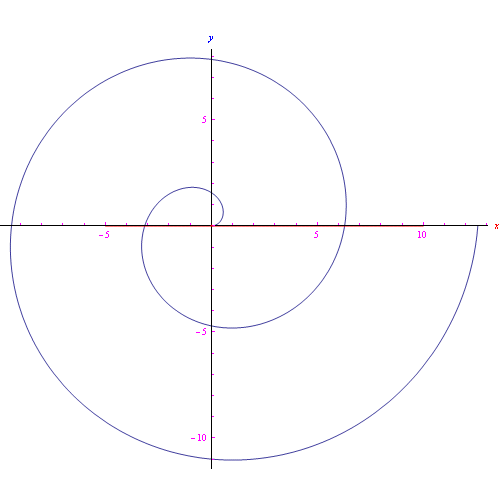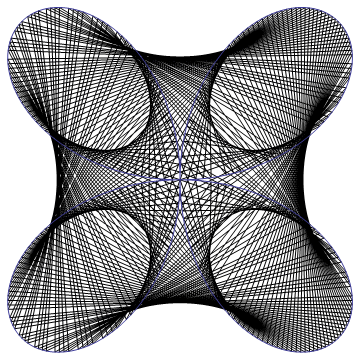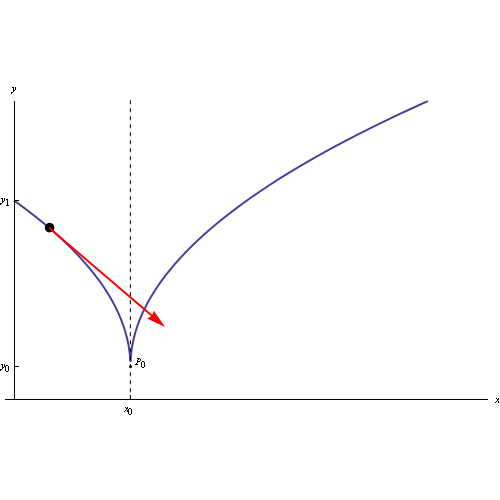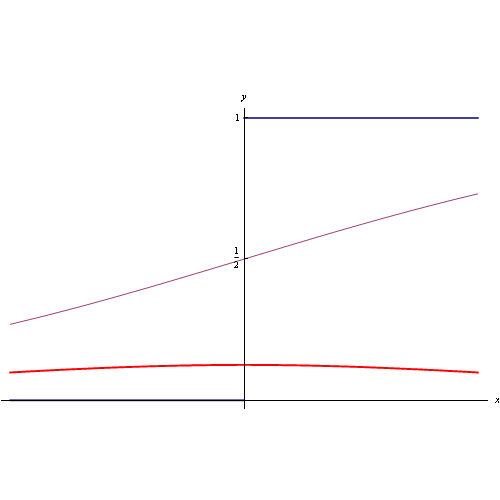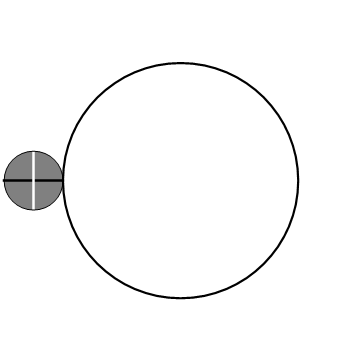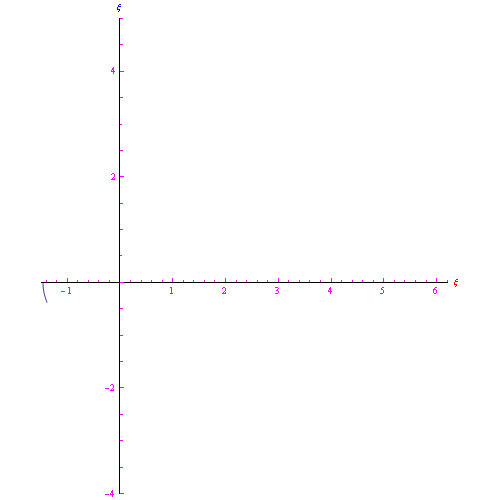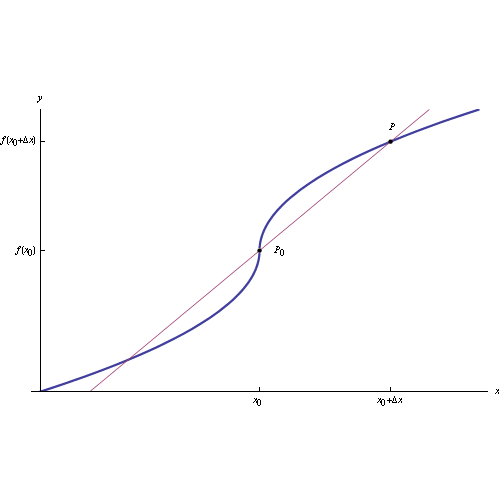L'evoluta di un asteroide è un asteroide di ampiezza doppia, ruotato di pi/4
Dicembre 30th, 2020 | by Marcello Colozzo |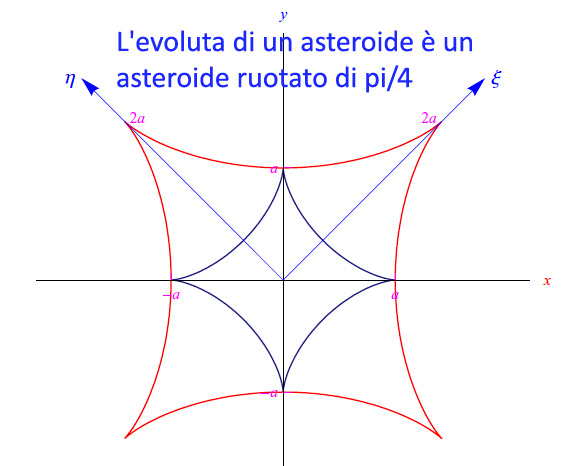
In quest'articolo dimostriamo un importante teorema secondo cui, l'evoluta di un asteroide è a sua volta un asteroide. Precisamente, è un asteroide di ampiezza doppia e ruotato di pi/4.
La dimostrazione del teorema è essenzialmente basata sul calcolo diretto delle coordinate cartesiane del centro di curvatura, e quindi della rappresentazione parametrica dell'evoluta (si ricordi che l'evoluta è il luogo dei centri di curvatura di una curva data). Ma ciò non basta, perchè non è chiara la natura della curva. Dobbiamo 1) eseguire una riparametrizzazione; 2) eseguire una rotazione di pi/4 degli assi coordinati. Quest'ultima operazione viene eseguita con il formalismo delle matrici di rotazione.
Scarica la dimostrazione in pdf
In this article we demonstrate an important theorem that the evolute of an asteroid is itself an asteroid. Specifically, it is an asteroid of double width and rotated by pi / 4.
The proof of the theorem is essentially based on the direct calculation of the Cartesian coordinates of the center of curvature, and therefore of the parametric representation of the evolute (remember that the evolute is the locus of the centers of curvature of a given curve). But this is not enough, because the nature of the curve is not clear. We must 1) perform a reparameterization; 2) perform a rotation of pi / 4 of the coordinated axes. This last operation is performed with the formalism of rotation matrices .
Download the demonstration in pdf



 Congettura di Riemann
Congettura di Riemann Trasformata discreta di Fourier
Trasformata discreta di Fourier
 Trasformata di Fourier nel senso delle distribuzioni
Trasformata di Fourier nel senso delle distribuzioni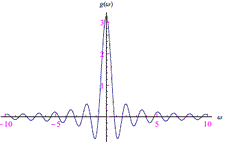 Trasformata di Fourier
Trasformata di Fourier  Infinitesimi ed infiniti
Infinitesimi ed infiniti Limiti notevoli
Limiti notevoli Punti di discontinuità
Punti di discontinuità Misura di Peano Jordan
Misura di Peano Jordan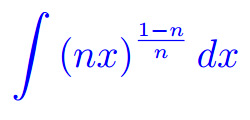 Eserciziario sugli integrali
Eserciziario sugli integrali Differenziabilità
Differenziabilità  Differenziabilità (2)
Differenziabilità (2) Esercizi sui limiti
Esercizi sui limiti Appunti sulle derivate
Appunti sulle derivate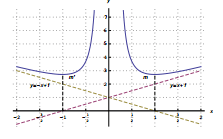 Studio della funzione
Studio della funzione Esercizi sugli integrali indefiniti
Esercizi sugli integrali indefiniti Algebra lineare
Algebra lineare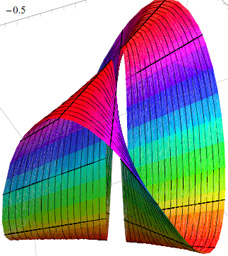 Analisi Matematica 2
Analisi Matematica 2 Analisi funzionale
Analisi funzionale Entanglement quantistico
Entanglement quantistico Spazio complesso
Spazio complesso Biliardo di Novikov
Biliardo di Novikov Intro alla Meccanica quantistica
Intro alla Meccanica quantistica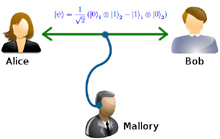 Entanglement Quantistico
Entanglement Quantistico